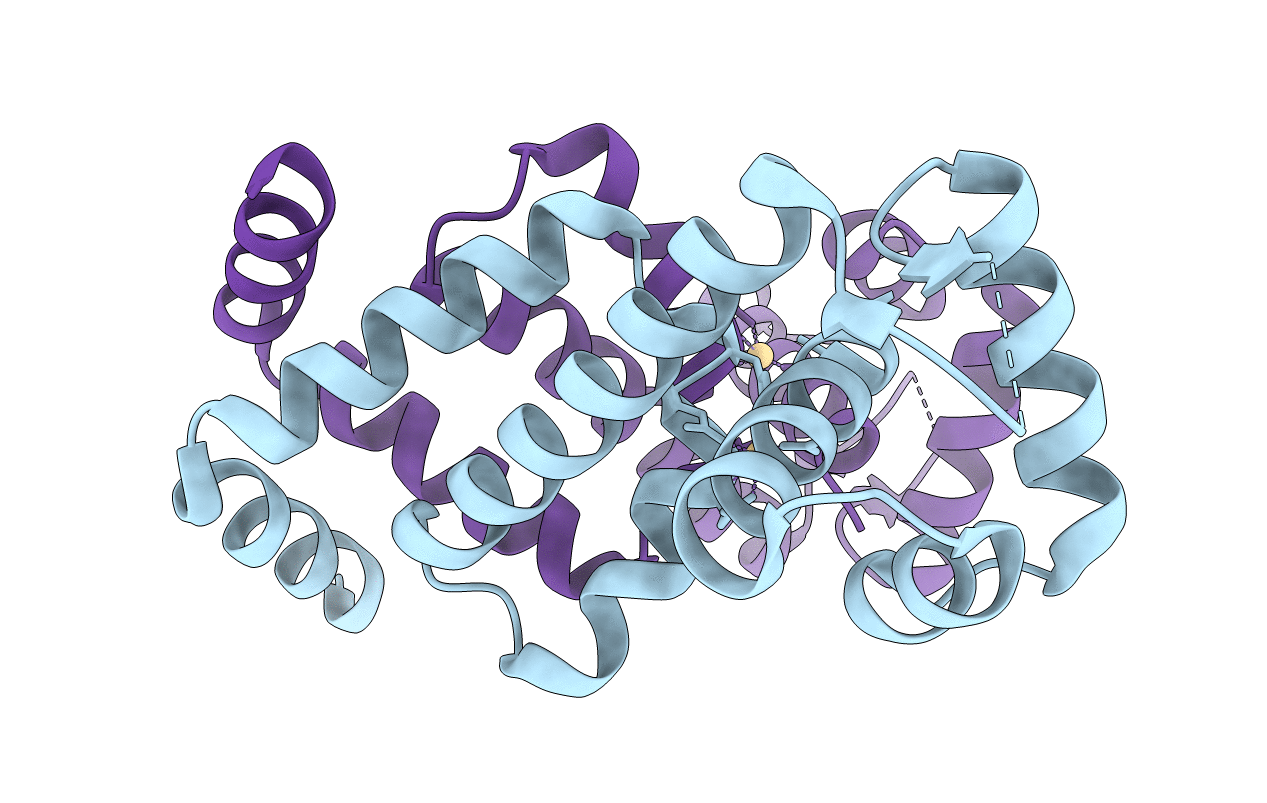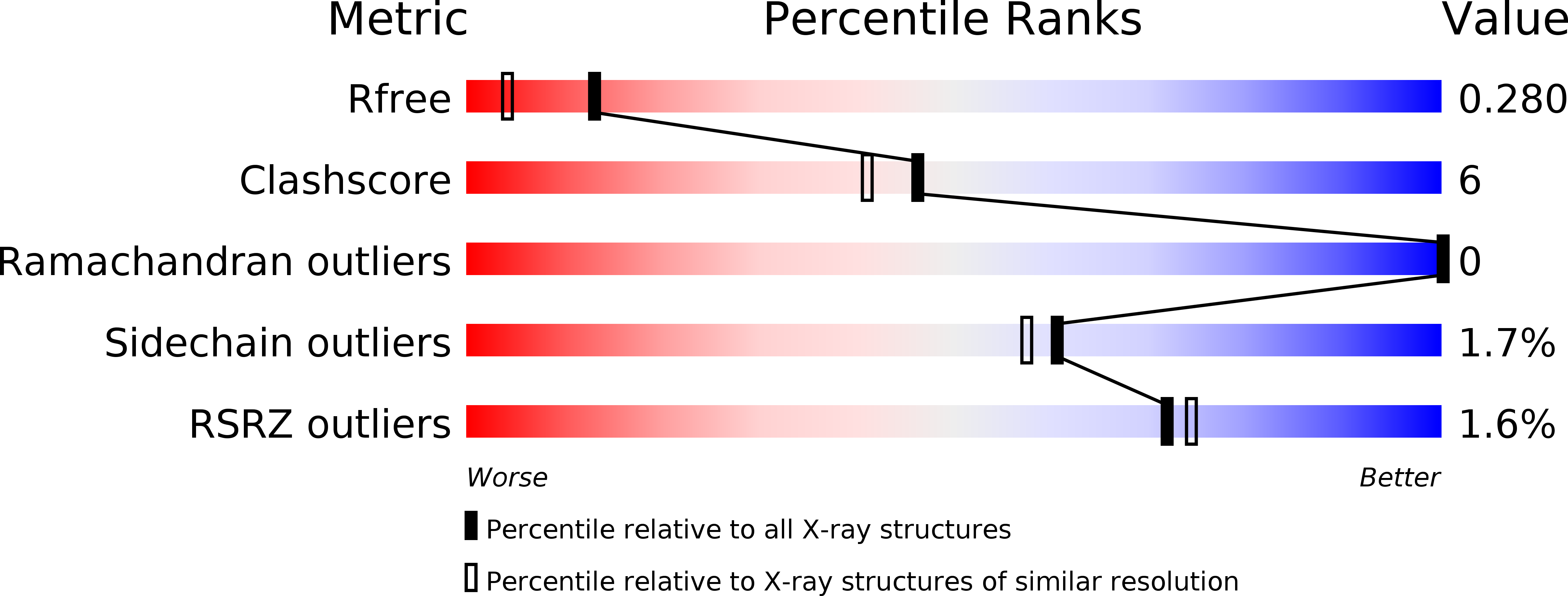
Deposition Date
2012-11-09
Release Date
2012-11-21
Last Version Date
2023-09-20
Entry Detail
Biological Source:
Source Organism:
Bacillus subtilis subsp. subtilis (Taxon ID: 224308)
Method Details:
Experimental Method:
Resolution:
1.90 Å
R-Value Free:
0.28
R-Value Work:
0.24
R-Value Observed:
0.24
Space Group:
P 1 21 1


